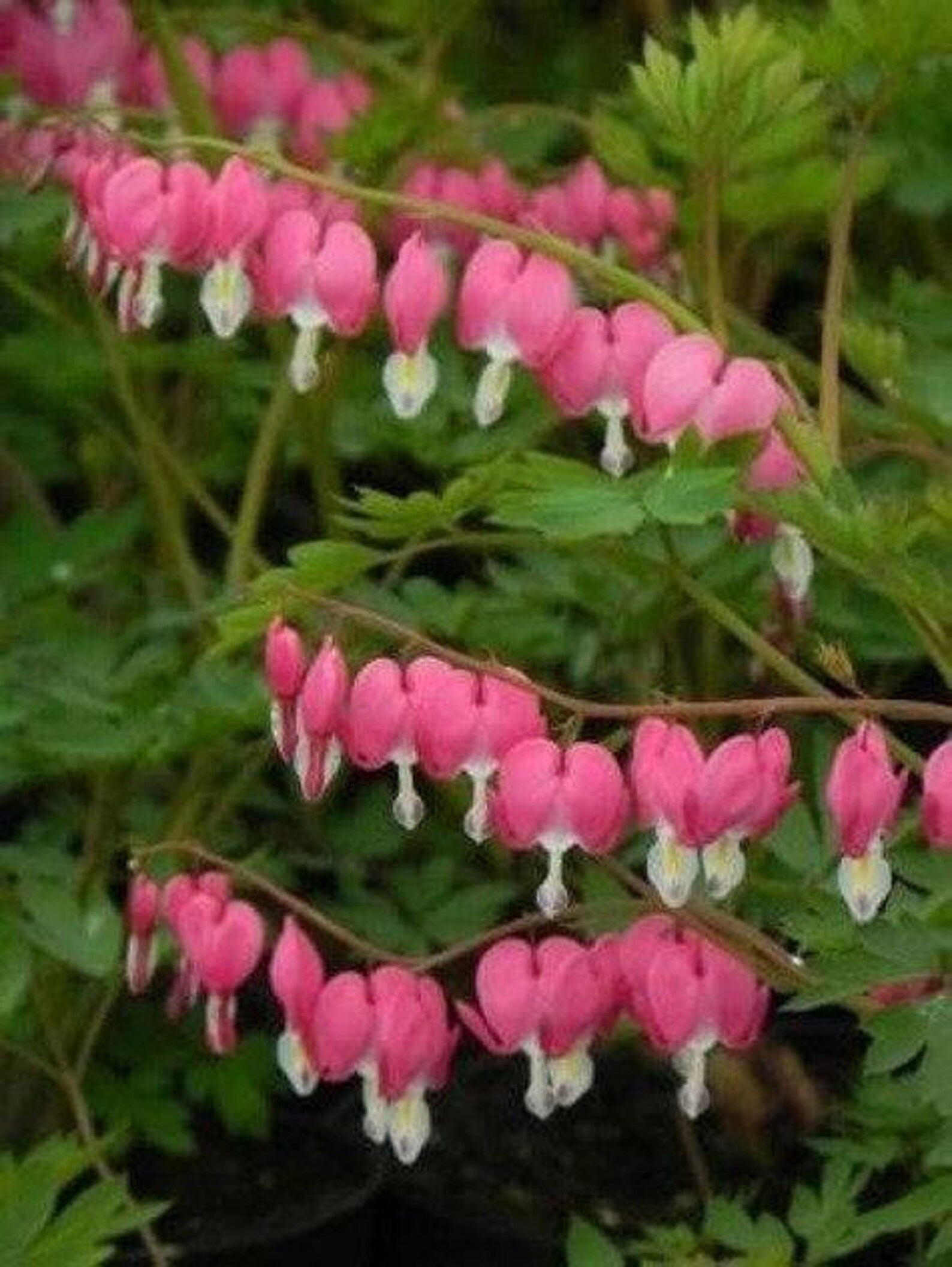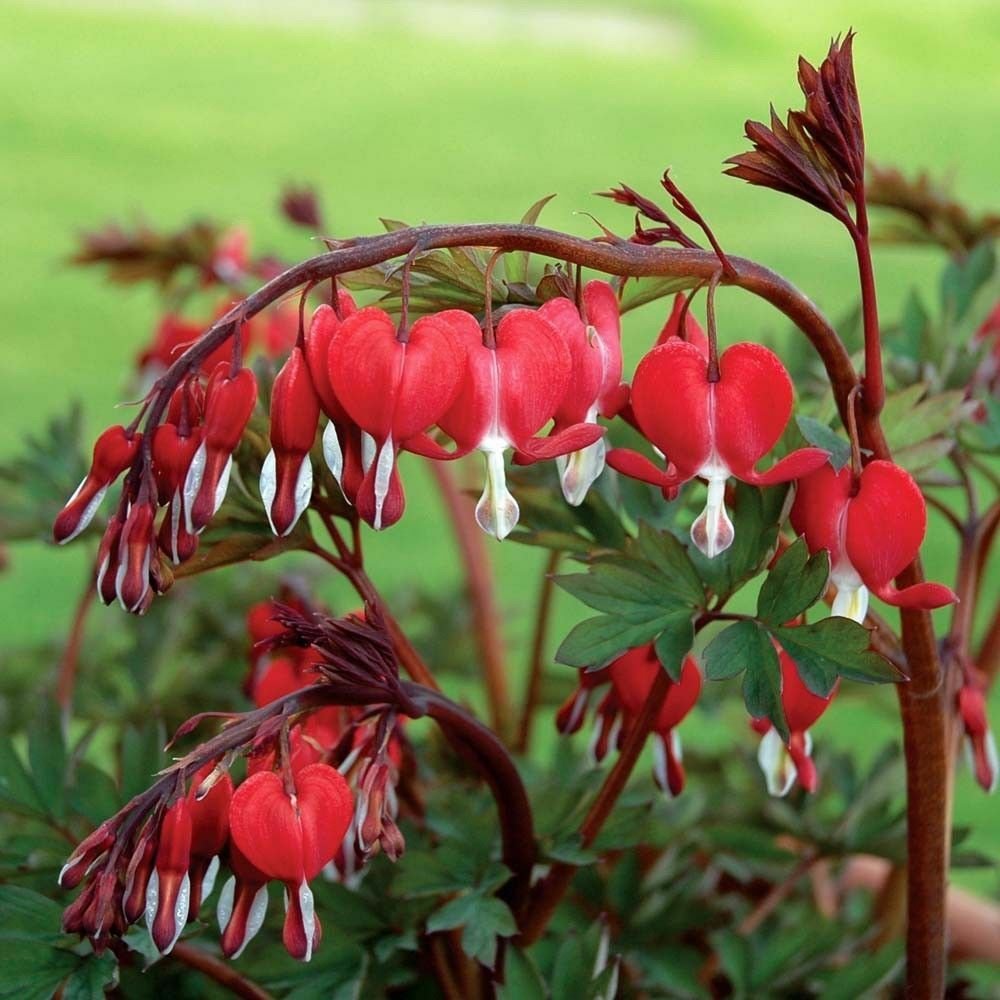

Plants thrive in moist rich woods in shade to part sun. Habitat: cool shady areas similar to open forest moist average soil in spring drought tolerant in summer deer, pest and disease proof blooms long time great maintenance free ground cover. The jewel-like flowers provide valuable nectar for migrating hummingbirds and native bumblebees. If you pick a flower and turn it upside-down, youll see why this was once. Press seed into moist medium surface freeze (plastic jar is perfect) for 6 weeks. The white form comes true from seed if isolated, but is less vigorous than the pink. Wait until late autumn or winter to divide the clumps.

You’ll need to separate and divide plants every 3 to 4 years as part of the propagation process. Not for high traffic areas as plant is easily damaged. Bleeding Hearts ( Lamprocapnos spectabilis) can last for years and grow so much that it can cause overcrowding, especially when grown as potted plants. Much loved by bumblebees and despite it being out in the open, deer and rabbits are not tempted to nibble on it. By fall nothing remains except for the pink fleshy rhizomes that lay just under the soil surface. By mid summer the plant goes into dormancy. Even as seed capsules ripen, the pink flowers persist. It frequently goes dormant for the summer after flowering, emerging and flowering again in autumn.

Mid pink bleeding heart shaped flowers barely hover over the soft dissected foliage. In mid March the plant slowly erupts from dormancy to unfurl leaves and flowers.


 0 kommentar(er)
0 kommentar(er)
